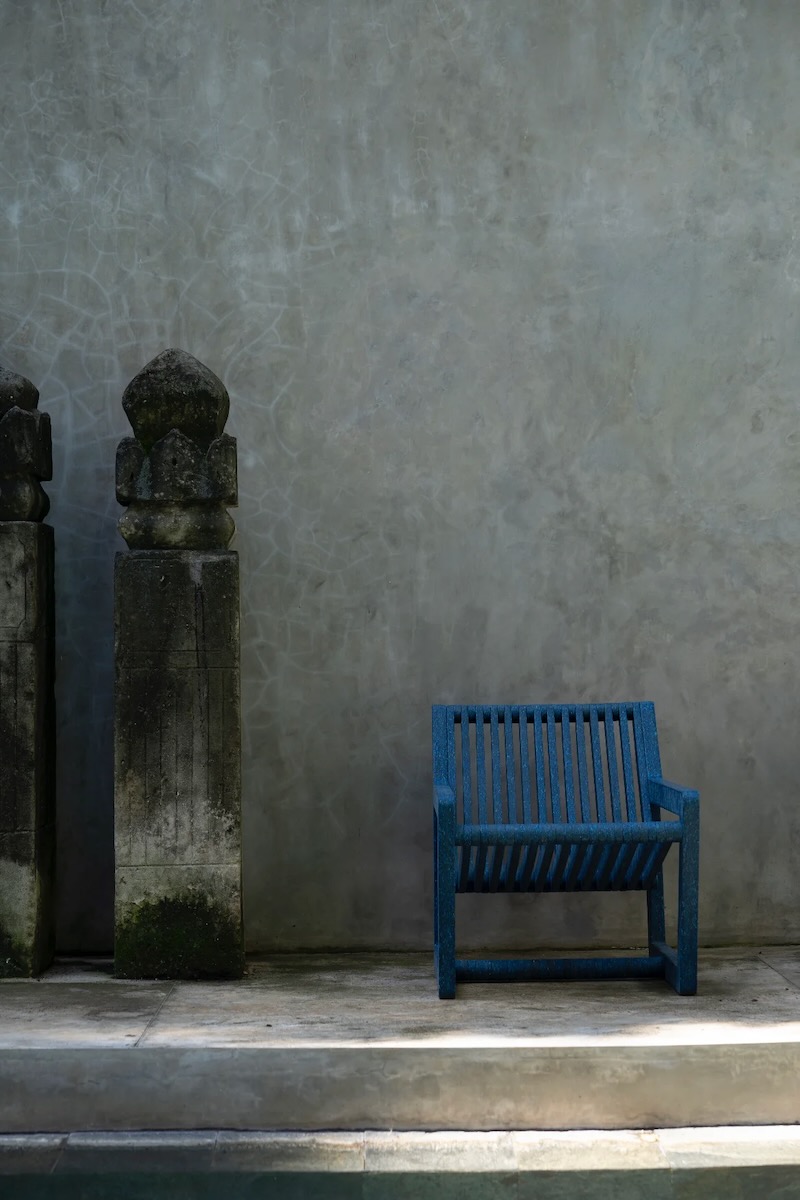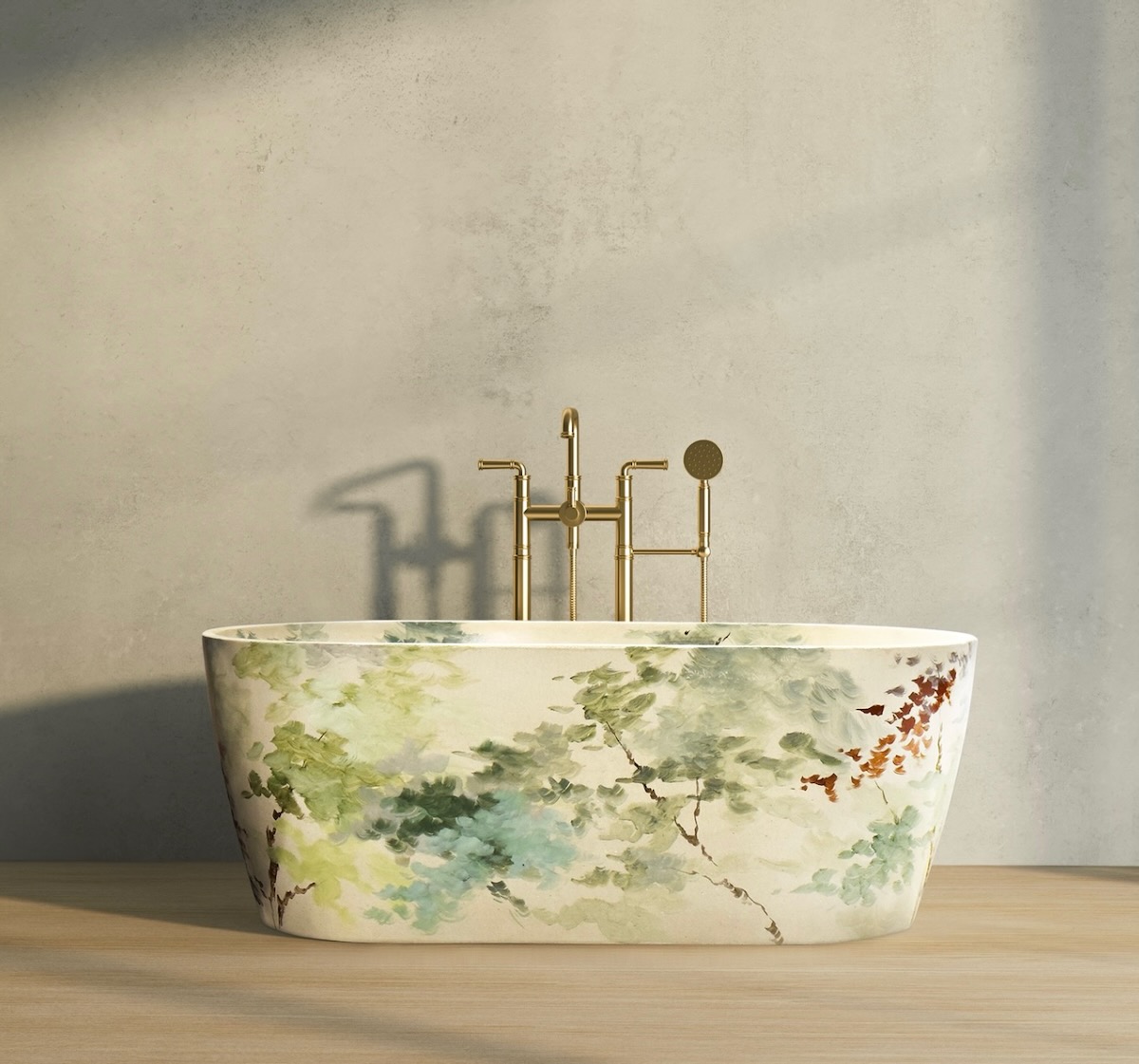Although the Paris Olympics just ended, the abundance of worldwide attention reminded us that the 2024 Maison et Objet, a twice-annual design expo that takes place in Paris September (and January), is right around the corner.
A Preview of the Fall 2024 Maison et Objet in Paris
One of the highlights of the show at the convention center is called Future on Stage, which is a showcase for companies that are less than three years old that “are ahead of the game in terms of innovation, business, and creativity in the world of design, decoration, and lifestyle.” Thats a tall order, but the participants always deliver.
This year, the fifth iteration of Future on Stage, the selection jury has shifted its focus to designers who offer a strong social commitment and activism. The winners are Sungai Design (Bali and Paris), Konqrit (Buenos Aires), and Apollo Wooden Wheelchairs (Bois-Colombes).

Sungai Design
The brainchild of French siblings Kelly, Gary, and Sam Bencheghib, who turn plastic bags from Bali’s rivers—which cannot be recycled in Indonesia—into Ombak (shown). The chair is assembled by hand at the rate of one a day. They consulted with the Dutch platform Precious Plastic for the recycling know-how. The aim is to use the profits from the sale of the chairs to fund Sungai Watch, the three-and-a-half-year-old environmental foundation that collects and sorts the plastic.

Konqrit
Former fashion consultant Cecilia Garcia Galofre sees bathtubs as blank canvases—both inside and out. Like many designers, she couldn’t find what she was looking for when designing her own home. Noting that there weren’t any brands who worked directly with artists in the bathroom, she undertook the project herself. “I launched Konqrit without a plan for the future, like an explorer. People liked it, they came to my workshops, I got articles in the press: it all happened very quickly.”

Apollo Wooden Wheelchairs
Finding medical chairs both unattractive and uncomfortable, Apollo Wooden Wheelchairs founder Paul de Livron strove to create something better. “To be a wheelchair user who feels good about himself, you have to start by feeling good about your wheelchair.” Wood was once the material of choice for wheelchairs until the mid-twentieth century, when it disappeared completely in favor of metal frames, which are better suited to mass production. The emergence of new technologies and consumer interest in natural materials makes wood a relevant material once again.
Story by Stephen Treffinger
Subscribe to TABLE Magazine‘s print edition.


